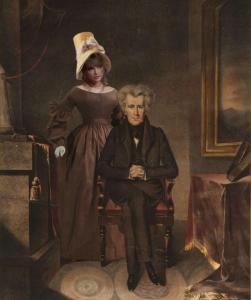As with most things these days, a global pandemic is not the best time to go to the movies. While some cinema franchises have reopened, audience members remain hesitant to return.
The struggle of a classic leisure activity like the movies does not bode well for the overall return to normalcy for the entertainment industry.
With the Dec. 17 release date of the blockbuster “Spider-Man: No Way Home” fast approaching, the film provides an apt spotlight on the issues with Hollywood. The sheer amount of investment put into each of these installments in Disney’s massive franchise shows how there really isn’t much room for any other type of film.
In the process of gaining more revenue and influence over what the studios are willing to produce, Disney has forced attention squarely on their approach to filmmaking in the public consciousness.
The use of nostalgia by bringing back villians from the classic Sam Raimi films, advanced CGI and big-name actors has instilled standards too unreasonable to fulfill for the rest of Hollywood or any other sustainable business.
It is a time-worn dilemma regarding whether a company should decide to take a risk or to play it safe. Should I invest in this no-name director who is willing to bring in an artistic vision to possibly enrich the film I am funding? Or should I spend more money on effects and actors with a director who always fulfills their obligations?
Hollywood has played it too safe in the face of encroaching streaming services and lack of new ideas.
The well of potential franchises has run dry with Hollywood ruining the public perceptions of many franchises by recontextualizing them while losing the core of what made that franchise or idea special. In short, Hollywood has a habit of turning the ideas of a film series or a director’s good quality into a gimmick.
The ideas behind a director’s decisions when creating their movie are typically ignored when adapted by a big-budget production, as it does not fit the current model. Movies are now expected to gain so much more of an audience that those risks cannot be taken or else the global audience will be alienated.
There has to be thought given to what is used and what isn’t when making a movie. A vision is needed no matter how unconventional it might be. Otherwise, a movie will be bereft of any memorable qualities.
The movie business has to change, or it will ultimately become a shadow of its former self.




